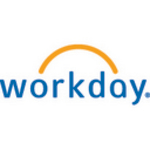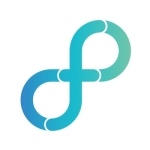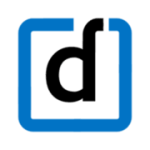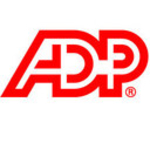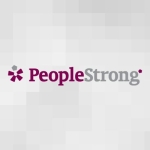What is our primary use case?
We use SAP SuccessFactors for our performance management, goal setting, performance evaluation, and employee confirmation, e.g. employee letters. We also use it as an employee self-service tool for personal data updates, life cycle events, and learning management.
What is most valuable?
It's the performance management feature that I find most valuable in this product. As for the product itself, I like its flexibility and configurability. It can handle different types of performance management from one organization to another, and this is one of its best features.
What needs improvement?
What needs to be improved in this product is the user experience. In general, for SAP products including SuccessFactors, the user experience is not so great, particularly the whole user interface. A lot of new age products beat them on that.
While SAP products are great from functionality and feature standpoints, the whole user experience element is always lacking. That's one area SAP should focus on.
There are other areas where we have not liked SuccessFactors. For example, as a recruitment solution, it's not great for onboarding and exit. Two years ago, we decided to use a different product for recruitment, onboarding, and exit. We're no longer using SAP SuccessFactors for those activities.
For how long have I used the solution?
I've been using this solution for 10 years.
Buyer's Guide
SAP SuccessFactors
September 2025
Learn what your peers think about SAP SuccessFactors. Get advice and tips from experienced pros sharing their opinions. Updated: September 2025.
868,787 professionals have used our research since 2012.
What do I think about the stability of the solution?
This solution is extremely stable.
What do I think about the scalability of the solution?
I found this solution absolutely scalable.
How are customer service and support?
SAP has implementation partners, so the technical support is given by the implementation partner. We have not contacted SAP for support, but as far as SuccessFactors is concerned, any product level support and response is very good. It's very well-structured and well-governed. They have a knowledge-rich library that you could always go to. There's also some forums where you can go and ask questions and get answers to your problems. The ecosystem itself is quite strong, including their responses as far as support is concerned.
Which solution did I use previously and why did I switch?
The decision on which solution to use happened between 2010 to 2011. When we made the decision, it was not with SAP. SuccessFactors was a different organization.
During that time, the reason for moving to SuccessFactors was because we were looking for a SaaS-based product in performance management and there was nothing better than SAP SuccessFactors then.
If I look at the last three, four, or five years, and why we have stayed with SuccessFactors and continued with it, it was because of global scalability. We are a global organization. When you are an India-based company and headquartered in India, the only options you have are Oracle and SuccessFactors.
Performance and talent are the main focus areas for us and even today, SuccessFactors is much better in performance management and talent modules than Oracle, so we've stayed on. The other reason for staying with this solution is change management. Why change unless something is significantly better?
How was the initial setup?
I wasn't there during the setup, but I don't think the setup was complex because there were a few things we've implemented and implementation of those weren't complex.
What's my experience with pricing, setup cost, and licensing?
We have a yearly license for this solution. Any additional costs we pay to the implementation partner, to the support partner, but not to SAP.
What other advice do I have?
This solution is a SaaS. It is deployed on the cloud.
I might have gone to your site out of curiosity, but we already have SAP SuccessFactors. We are using SAP SuccessFactors.
We have 7,500 users for this solution in our organization. We don't need much staff for its maintenance. We are using SAP SuccessFactors extensively. As for plans for increasing its usage, we definitely want to if the business and our headcount grows: We will use it for more users. As of now, no plans of increasing usage of this solution.
My advice to anybody implementing this product is to first have a SaaS mindset. It's a SaaS product, so you can't have an on-premise mindset of "I'll give whatever requirements and the product should do it." Having a SaaS mindset is my first advice.
My second advice is to keep in mind that these products give recommended practices based on which the product is built. If you could tweak your processes to embrace the recommended practices by SuccessFactors, then your chances of becoming successful, or embracing the product is going to be much higher.
My third advice is to stay with SAP SuccessFactors and use all the modules together. For example, there are modules for recruitment or onboarding where you may have certain functionalities missing, but if you could keep as many HR processes on the same product integrated, then the employee experience is going to be much better, compared to trying to use SuccessFactors for a particular purpose, then another product for performance, another product for learning, etc. It's better if you could be on an integrated solution, so your user experience and your adoption at the end of the day will be much better.
I would give this product an eight out of ten rating.
Which deployment model are you using for this solution?
Public Cloud
Disclosure: My company does not have a business relationship with this vendor other than being a customer.







